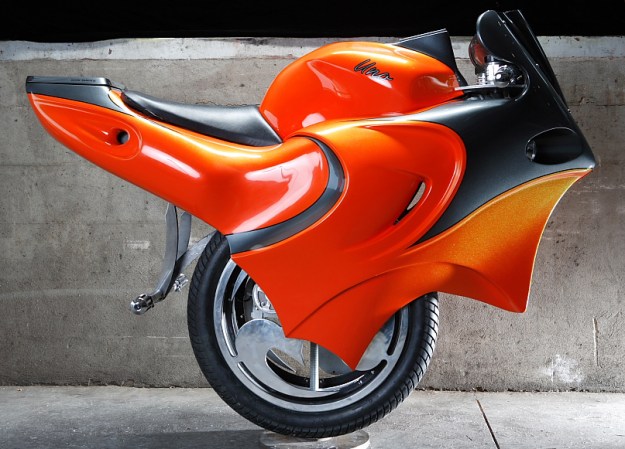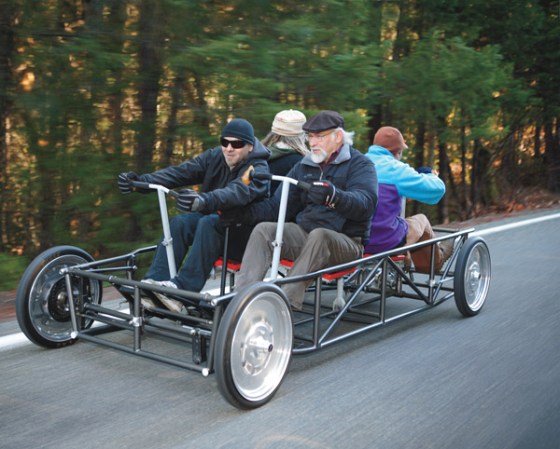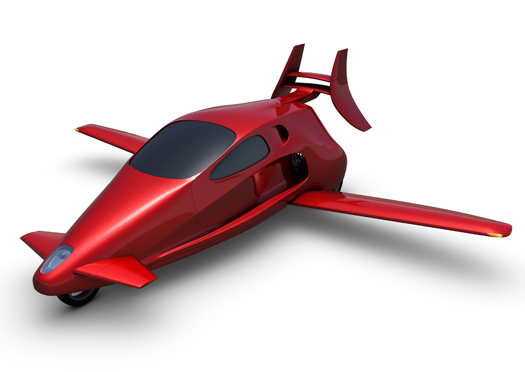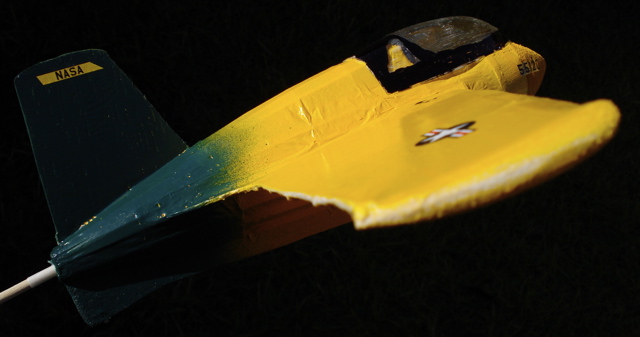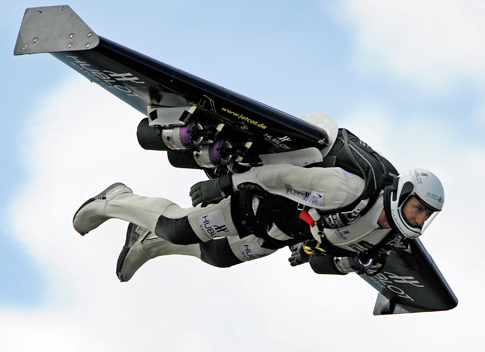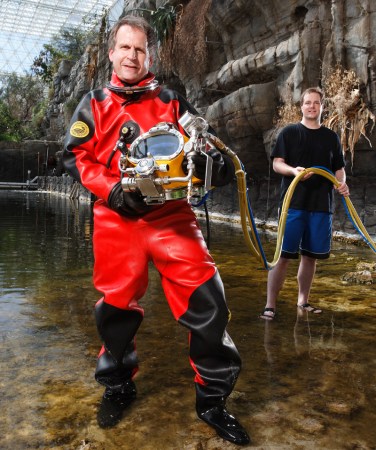When is a daredevil stunt jump actually a “jump” and when does it become a form of ill-advised rocket flight? While we enjoy the dramatic and circus-esque musical soundtrack in the video, let’s also appreciate some interesting physics issues relevant to Kenny Powers’ unsuccessful jump. I’m not sure how carefully they thought this one through, but I suspect at least they must have recognized that their “souped-up” Lincoln Continental had to be under rocket power not only during the approach and up the ramp but during the jump (flight) as well.
Here’s why. If, as the narrator informs us, the car achieves a takeoff speed of 280 mph, then using the equations of projectile motion, we can easily calculate that without air resistance (estimating a launch angle of about 30 degrees) the maximum distance the car could achieve is around 1500 meters, or just short of a mile. (I’ll leave it to those of you with a little physics background to confirm this is true.) However, at speeds of this magnitude, air resistance will have a major effect on the flight of the car. The force of air resistance is proportional to the square of the velocity, so if you double the speed you quadruple the air resistance. Incorporating the effect of air drag into the calculations we find that Kenny won’t even make it a quarter of a mile before falling ignominiously into the river.
Therefore we assume (even though we can’t see any fuel being ejected out of the car’s modified rocket engines after the initial thrust) that the rockets must be supposed to continue firing throughout much of the jump (flight). But even so, when speaking of air resistance, we are inevitably confronted with what appears to be the most problematical issue with this stunt: aerodynamic stability.
Most model rocket enthusiasts know that for a rocket to be stable in flight, its center of gravity (the point on the rocket where gravitational forces balance) must be in front of the rocket’s center of pressure (the point on the rocket where the aerodynamic forces, such as lift and drag, balance). If the rocket starts to veer off of its line of motion, as long as the CP (center of pressure) is behind the CG (center of gravity), the aerodynamic forces will apply a restoring torque, pushing the rocket back into its line of motion. However, if the CP is in front, the torque acts to destabilize the rocket, causing it to tumble. Fins on the tail of a rocket provide for a CP towards the back.
In the case of our not-very-aerodynamic-looking Continental, notice how the car is forced nose-up almost the instant it leaves the ramp. We strongly suspect the CP is too far forward! There seems to have been no attempt, aside from some rather minimal-looking fins placed near the center of the car, to account for this important effect.
In a much more well-known unsuccessful jump, the late Evel Knievel’s crew seemed to recognize this potential problem. For his attempt to jump the Snake River Canyon, the vehicle they designed was in fact a classic streamlined rocket, complete with narrow body and substantial fins placed at the rear. Rumor has it Knievel might have made it if his parachute hadn’t deployed too early. Nevertheless, just to drive home the point, we are not talking about jumping over stuff here. We are talking about flying. Why not just take a commuter plane?
Adam Weiner is the author of Don’t Try This at Home! The Physics of Hollywood Movies.


